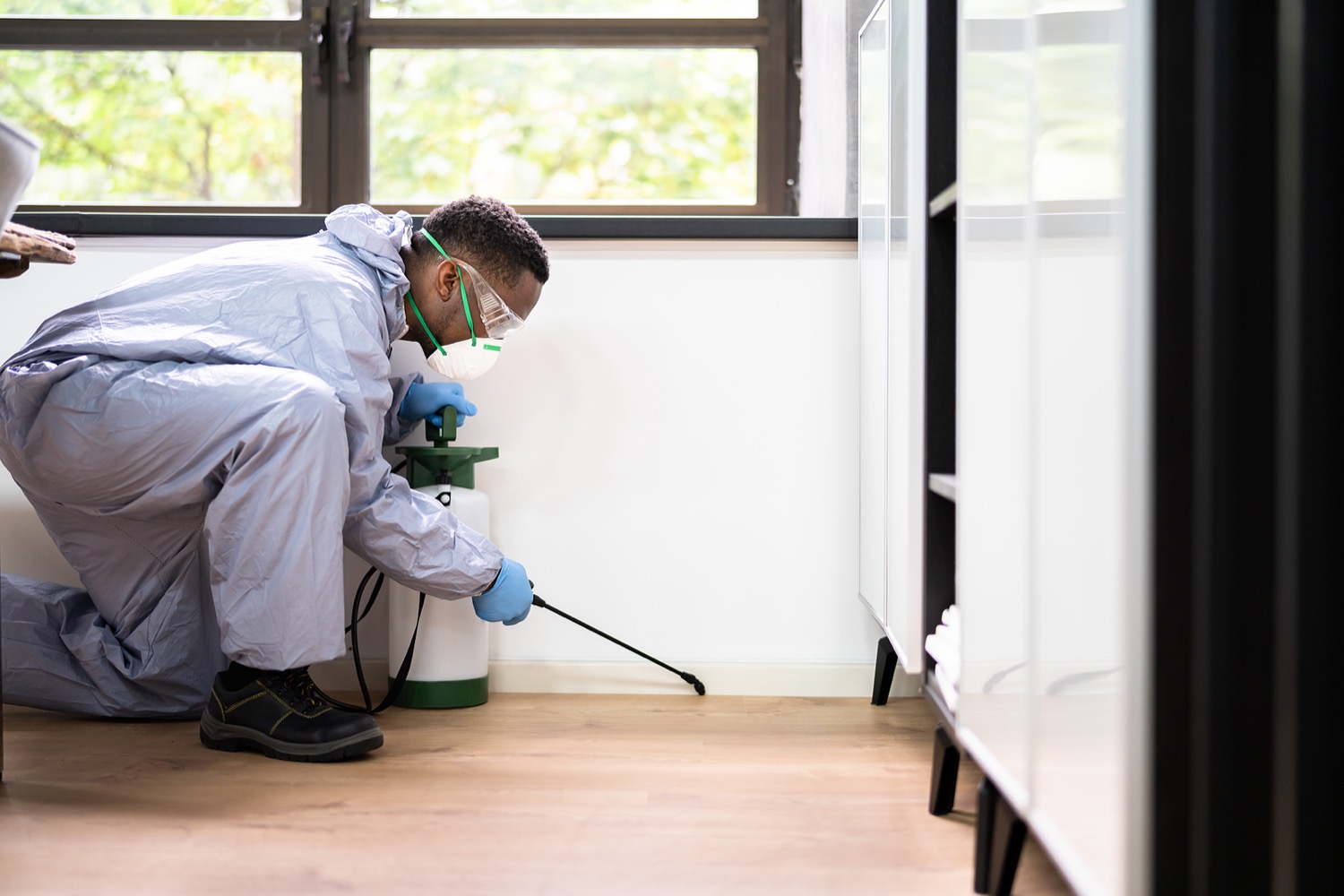Bed Bug Treatment Malfunction: Contrasting Chemical Vs. Non-Chemical Solutions
In the realm of pest control, particularly when managing the relentless issue of bed insects, the choice between chemical and non-chemical treatment solutions can be a critical one. Both approaches use unique advantages and drawbacks, influencing elements such as effectiveness, safety and security factors to consider, and total cost. By analyzing the nuanced details of each technique, a clearer understanding of which course to go after in addressing a bed pest infestation can be obtained.
Efficiency of Chemical Treatments
Chemical therapies for bed pest infestations have actually been widely acknowledged for their potent and rapid efficacy in removing these pests. When thinking about the efficiency of chemical therapies, it is vital to comprehend that they can supply a fast and detailed remedy to a bed insect issue. Specialist pest control men usually depend on pesticides to target bed pests at numerous stages of their life process, consisting of fairies, adults, and eggs. These chemicals commonly function by disrupting the bed pests' anxious system, leading to paralysis and eventual fatality.
Additionally, chemical treatments have the benefit of providing recurring results, meaning that they can remain to remove bed pests also after the first application. This residual action is specifically helpful in combating any possible re-infestations. In addition, the fast activity of chemical therapies can bring relief to individuals dealing with extreme bed insect invasions, permitting them to regain control of their home quickly.
Safety Worry About Chemical Solutions
One important facet that calls for mindful factor to consider when utilizing chemical remedies for bed insect therapy is ensuring the security of residents and the setting. Direct exposure to particular chemicals used in bed bug treatments can lead to breathing problems, skin inflammation, or other adverse responses, particularly in individuals with pre-existing conditions or sensitivities.
In addition, the ecological influence of chemical options is another significant consideration. Some pesticides utilized in bed pest treatments might be dangerous to advantageous insects, wild animals, and ecosystems if they leach into the dirt or water systems. It is necessary to use chemical therapies carefully, following security guidelines, and considering much less harmful options to alleviate these threats and guarantee the effective and secure monitoring of bed bug problems.
Advantages of Non-Chemical Techniques
Thinking about the possible safety and security concerns and environmental influence linked with chemical solutions for bed bug treatment, exploring non-chemical techniques presents an appealing option with several unique advantages. Non-chemical treatments are ecologically friendly, as they do not add to air or water contamination, making them a lasting selection for pest control.
Additionally, non-chemical remedies browse around here can be rat control chemicals reliable in targeting bed bugs, consisting of hard-to-reach locations where chemical treatments might not permeate - A1 pest control services charlotte. Techniques such as warm therapy, vacuuming, vapor cleansing, and mattress coverings provide complete eradication without the use of hazardous chemicals.
Limitations of Non-Chemical Treatments

Additionally, non-chemical therapies frequently need several applications to achieve effective removal. This can be taxing and might not always assure total removal of all bed insects and their eggs, especially in hard-to-reach or surprise areas.
In addition, the success of non-chemical therapies heavily depends on proper execution and thoroughness, which can be challenging for people without expert competence. Insufficient application of non-chemical techniques may result in incomplete removal, resulting in persistent invasions and the need for extra therapies.
Therefore, while non-chemical treatments have their benefits, it is vital to recognize these constraints and consider them when identifying one of the most efficient approach for taking care of bed pest infestations.
Cost Comparison: Chemical Vs. Non-Chemical Options
Given the limitations connected with non-chemical therapies, a vital element to examine in the context of bed pest administration is the price comparison in between chemical and non-chemical choices. Chemical therapies normally entail the application of pesticides by professionals, which can vary from $250 to $900 per area, depending upon the severity of the infestation and the dimension see here of the area to be dealt with. In contrast, non-chemical treatments like heat therapy or heavy steam can be much more expensive, with costs ranging from $1,000 to $6,000 for an entire home. While the initial cost of chemical treatments may appear lower, several therapies might be required to fully eliminate the invasion, potentially enhancing the overall cost. On the other hand, non-chemical options might provide a more environment-friendly and sustainable service, although they can be cost-prohibitive for some people. Eventually, when taking into consideration the price of bed bug treatment choices, it is essential to evaluate the in advance expenses against the effectiveness and long-term sustainability of the picked approach.
Conclusion

Considering the prospective security issues and ecological impact associated with chemical remedies for bed insect therapy, checking out non-chemical strategies offers a promising choice with numerous distinctive benefits.Provided the constraints linked with non-chemical treatments, a crucial facet to examine in the context of bed insect monitoring is the expense contrast in between chemical and non-chemical choices. In contrast, non-chemical treatments like warmth therapy or heavy steam can be extra expensive, with costs ranging from $1,000 to $6,000 for an entire home. While the first price of chemical treatments might appear reduced, numerous therapies may be called for to fully eradicate the infestation, potentially raising the overall expense.In verdict, when contrasting chemical and non-chemical bed bug therapy choices, it is necessary to think about performance, safety, advantages, limitations, and price.